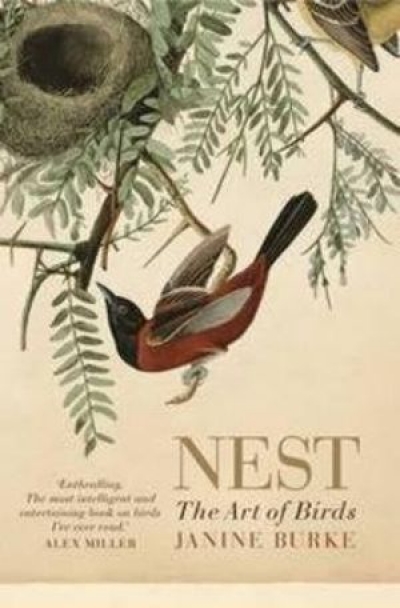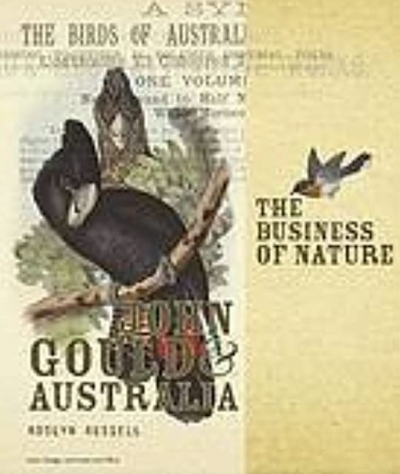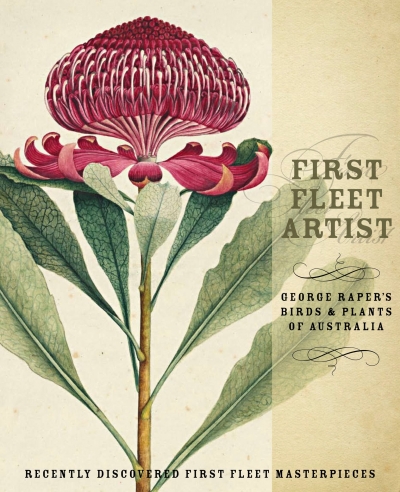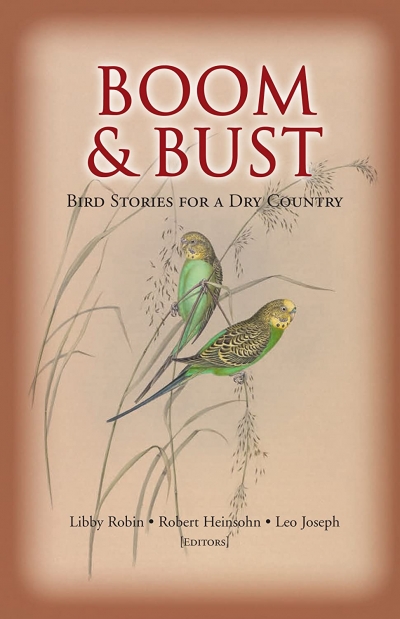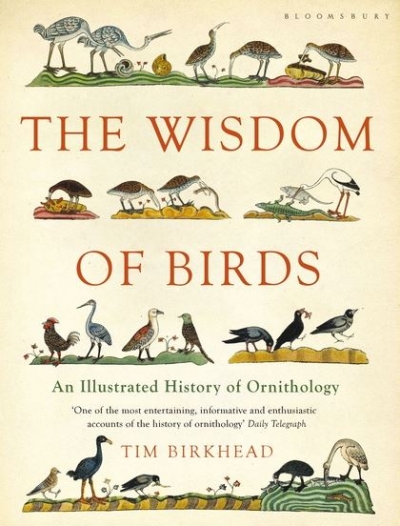When the English zoologist John Gould died in London in February 1881, he was renowned for his scientific and descriptive studies, principally of birds – those found in his native Britain, the Himalayas, Europe, Australia, North America, and New Guinea – but also of Australian mammals. In the course of his self-made career, Gould produced forty-one large volumes, handsomely illustrated with 3000 plates. These were the work of several artistic collaborators, including, importantly, his wife, Elizabeth, and – early and briefly – Edward Lear, famous later in his own right for his limericks and as a masterly writer of nonsense verse and prose. In addition to his great published works of natural history, Gould was the author of many learned papers and the recipient of high honours from scientific societies. As a leader in his field, he interacted as an equal with aristocratic men of science and affairs; the members of the governing class of his day.
...
(read more)

